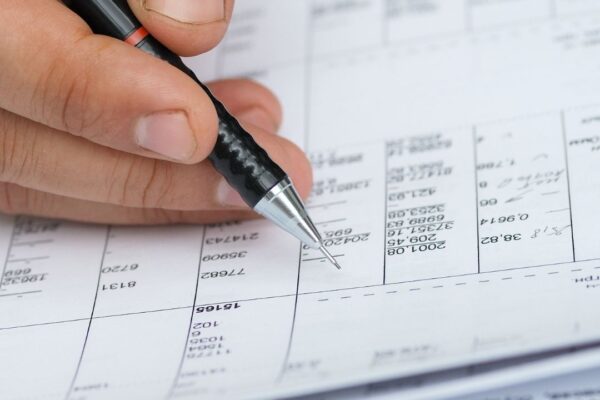Significant changes are coming for the 7th Edition (2020) of the Florida Building Code that will affect the fenestration industry going into effect January 1st, 2021.
These include:
• New wind speed map based on ASCE7-16 specific to Risk Category IV buildings and structures recognizing there are higher reliabilities required for these buildings and structures. Increased wind loads for skylights have also been implemented.
• New wind load criteria for rooftop solar panels have been added to ASCE7-16 – two methods for specific types of panels have been added.
• Revised (higher) design wind pressures on roofs of buildings with mean roof height ≤ 60 feet
• New wind load criteria for attached canopies – The new provisions apply to attached canopies that are
essentially horizontal (maximum slope of 2%) and that are attached to buildings with mean roof heights of 60 feet or less.
• New guidance in the commentary for designing for tornadoes

